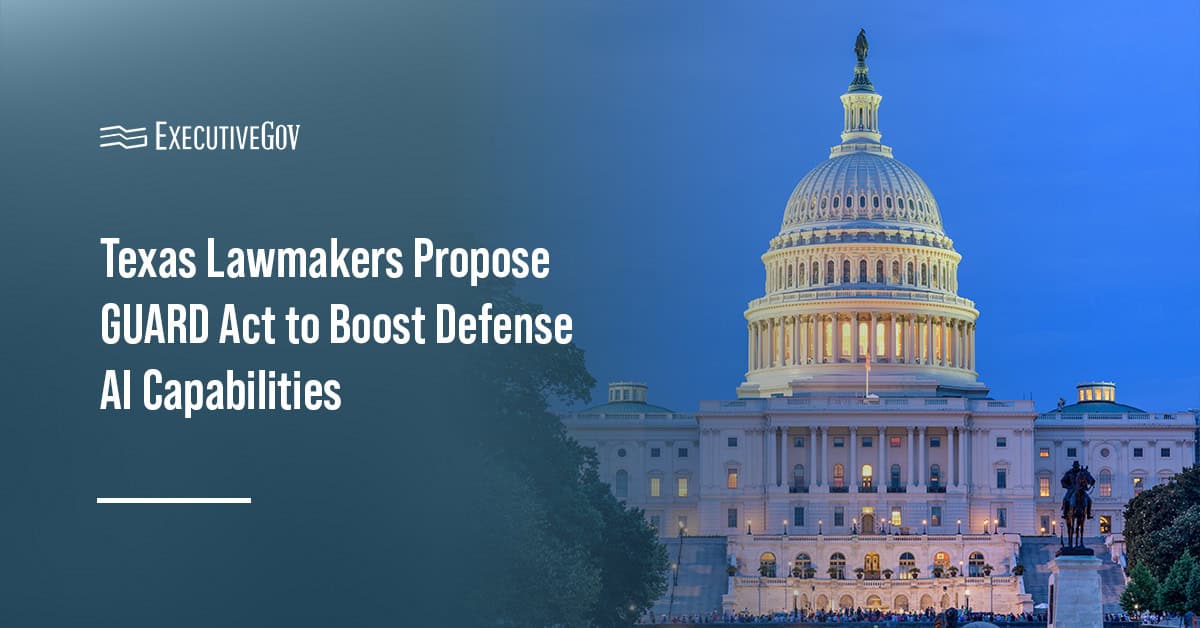The General Services Administration is proposing an amendment to the GSA Acquisition Regulation by eliminating a clause that requires the government to pay a vendor without the submission of a proper invoice for services and supplies under non-commercial, fixed-price contracts.
GSA is soliciting comments and other feedback to inform the development of a final rule, according to a Federal Register notice published Tuesday.
The administration has identified that the payments clause of GSAR conflicts with that of the Federal Acquisition Regulation.
Under the FAR clause, the government is required to pay a contractor only after receiving the invoice or voucher from the vendor.
“GSA has found that the GSAR clause is no longer necessary and is unaware of any situation in which this clause is used for any payments being processed,” the notice reads.
Comments are due May 1.





